Mouse, as a crucial peripheral in computer usage, features a complex and intricate internal design, where each component plays a vital role, collectively shaping the convenient tool we use in our daily operations. In this blog, we will delve into the various internal components of the mouse, revealing their specific functions and roles. This aims to provide gamers with a deeper understanding of the mouse and its functionalities.

1.Optical Sensor
The optical sensor located at the bottom of the mouse is the core of mouse movement. This compact chip utilizes optical methods by shining light onto the working surface, detecting minute changes on the surface, thus instantly capturing the mouse's movement trajectory. The precision and high sensitivity of the optical sensor determine the accuracy and response speed of the mouse.
2.Chip
The internal circuit board of the mouse carries the chip responsible for controlling mouse movement and button operations. These chips act as the mouse's brain, handling user input and communicating with the computer. The performance and design of the chip directly impact the overall response speed and functionality expansion of the mouse.
3.Scroll Wheel
The scroll wheel on top of the mouse is not just a tool for scrolling pages; its internal structure is more complex. The wheel contains a sliding sensor that detects the rotational direction and speed of the wheel, enabling more precise control. Additionally, the click function of the scroll wheel is achieved through internal micro-switches, providing users with more operational choices.
4.Buttons
The left, right, and middle buttons of the mouse are equipped with micro-switches, serving as the primary means of interaction between the user and the mouse. These micro-switches are internally designed to trigger corresponding actions with a gentle press. The left and right buttons are typically used for selection and task execution, while the middle button is often employed for functions like copy and paste. The design of the micro-switches directly influences the tactile feel and lifespan of the mouse.
5.Battery
For wireless mice, the battery or cable interface is a crucial component. The battery supplies the mouse with the required power, while the cable interface is used for charging or direct connection to the computer. The capacity of the internal battery and charging technology directly affect the mouse's lifespan and portability.
6.Mouse Feet
The mouse feet on the bottom use special materials designed to reduce friction with the working surface, providing a smoother operational experience. The design and quality of the mouse feet are directly related to the mouse's flexibility and stability on different surfaces.
7.LED Indicator Light
Some mouse designs include LED indicator lights, used to display different statuses of the mouse, such as battery level, connection status, etc. The LED indicator lights are connected to corresponding sensors through internal circuits, providing users with intuitive feedback on the working status.
Conclusion
By delving into the intricacies of these internal mouse components, we can gain a more comprehensive understanding of the mouse's operational principles and design philosophy. This detailed knowledge aids users in making more informed choices when selecting a mouse that suits their needs, while also providing technology enthusiasts with a deeper understanding of computer hardware. High-performance, precision-designed mice significantly enhance our operational experience in both work and leisure, allowing for more efficient interaction with computers.
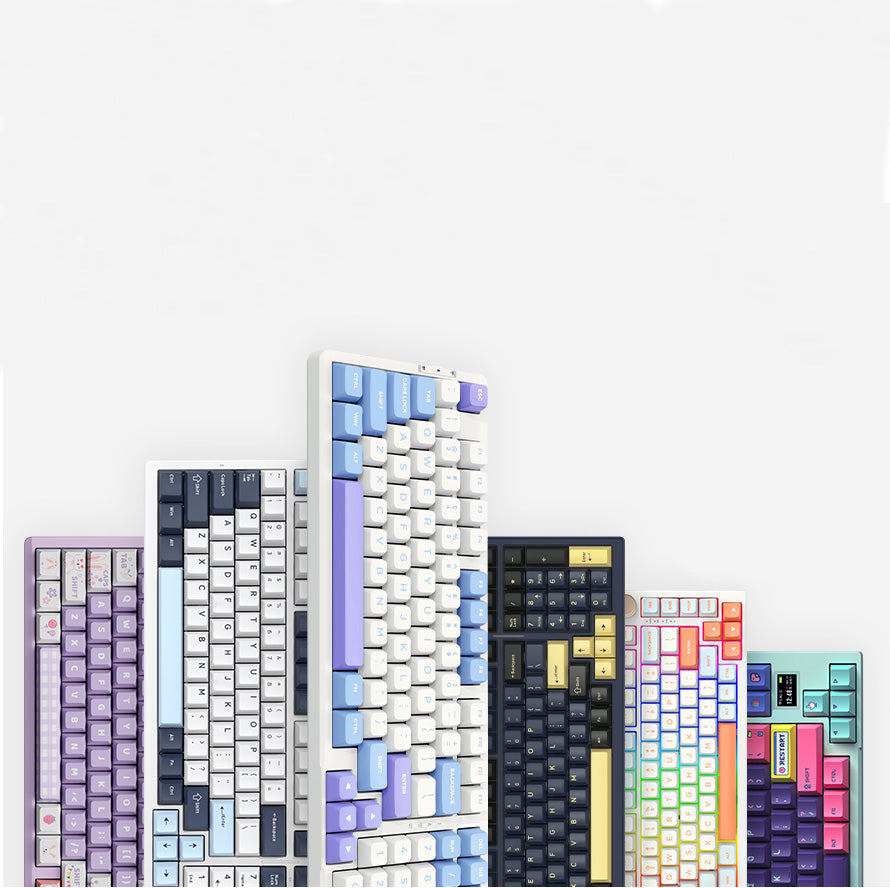

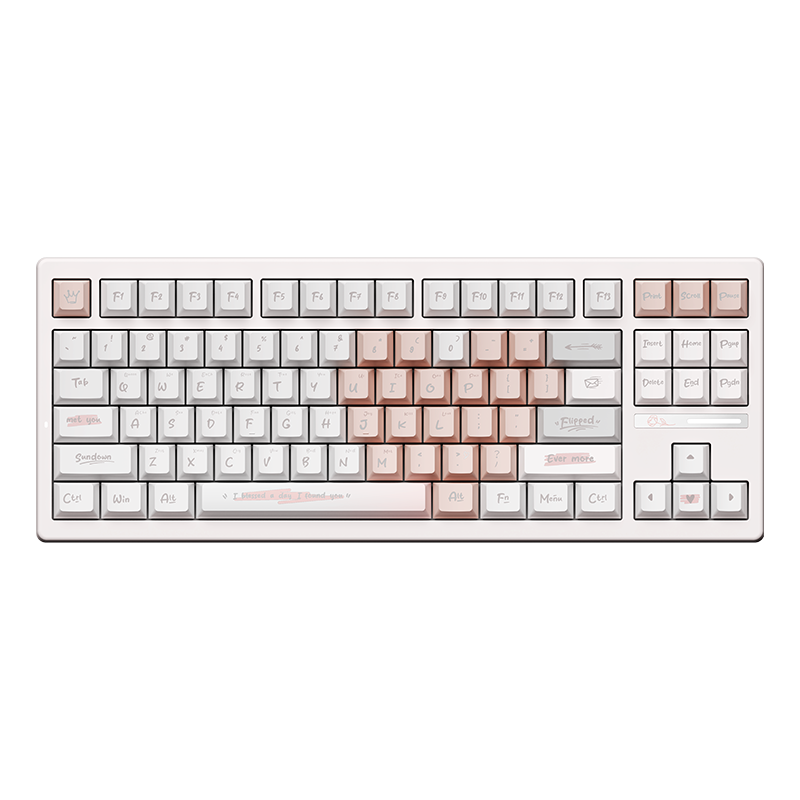
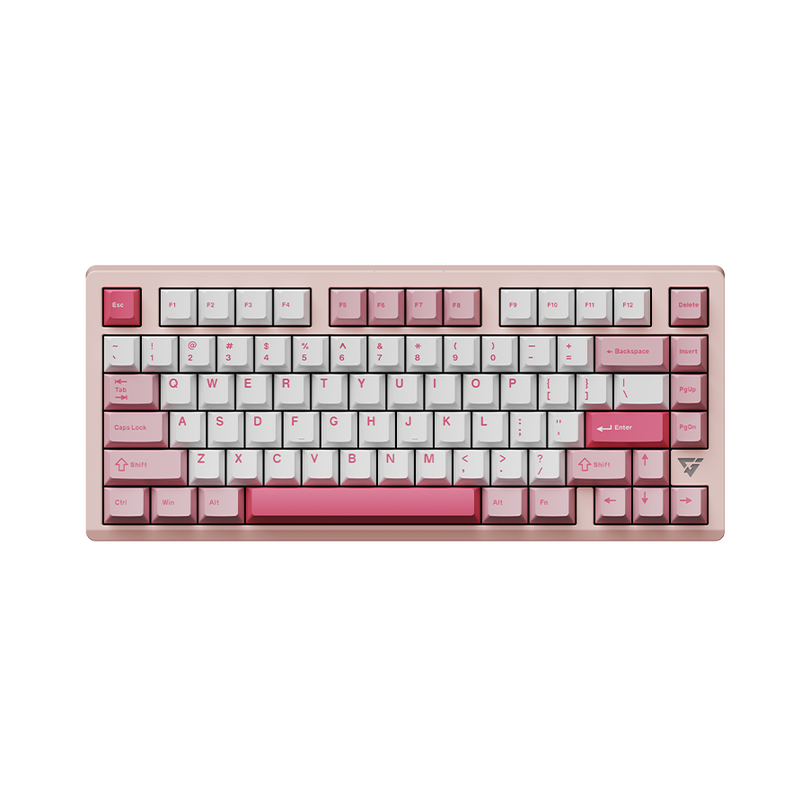
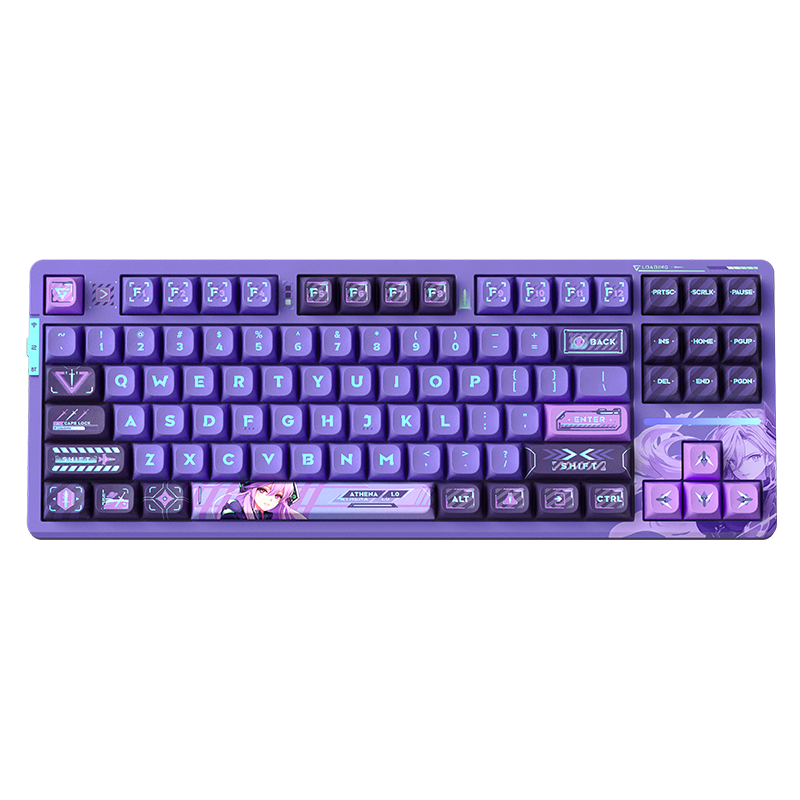
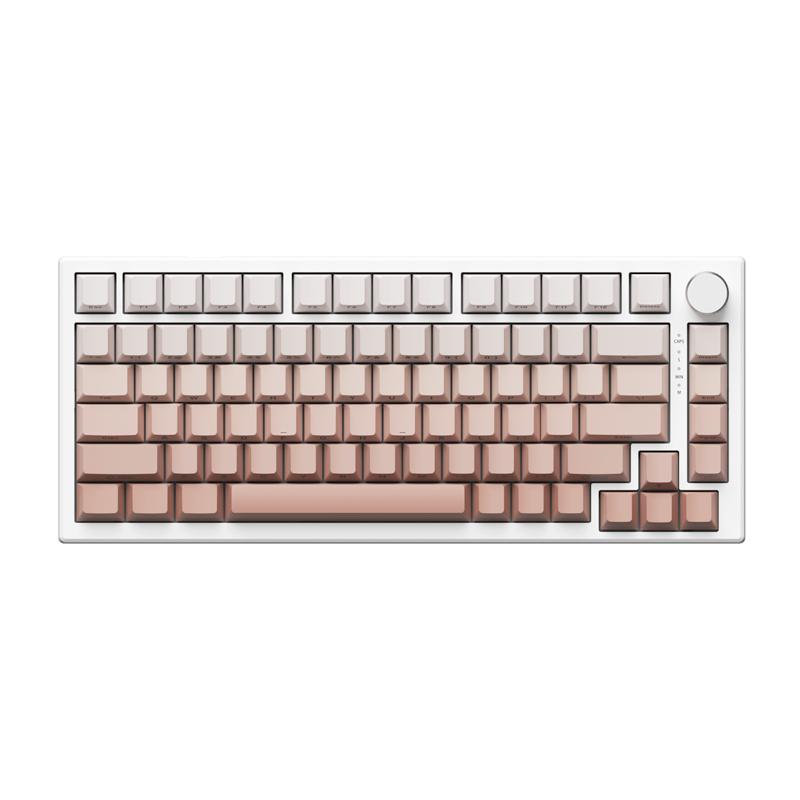
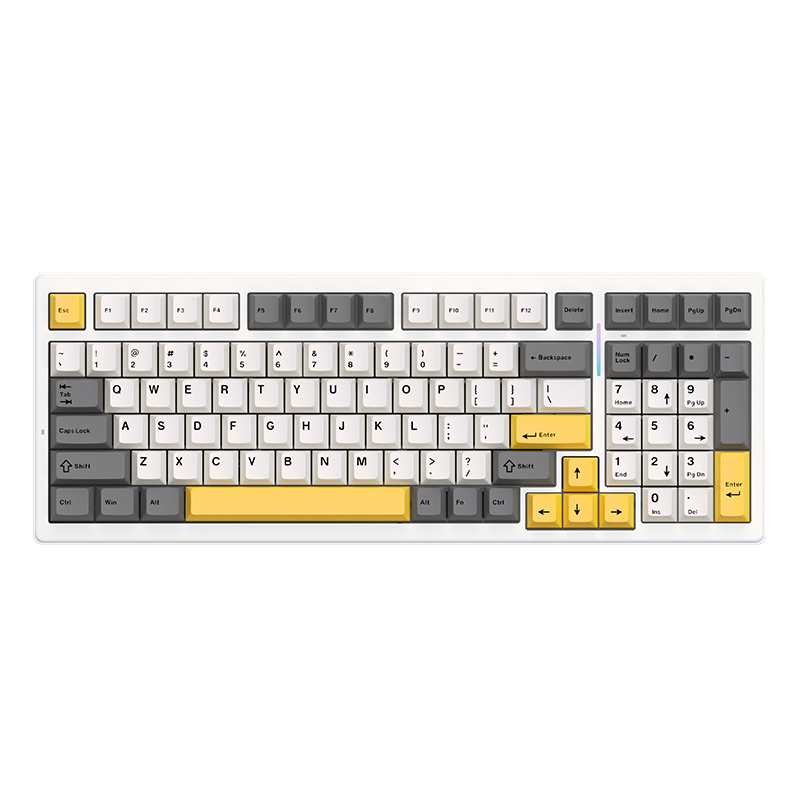
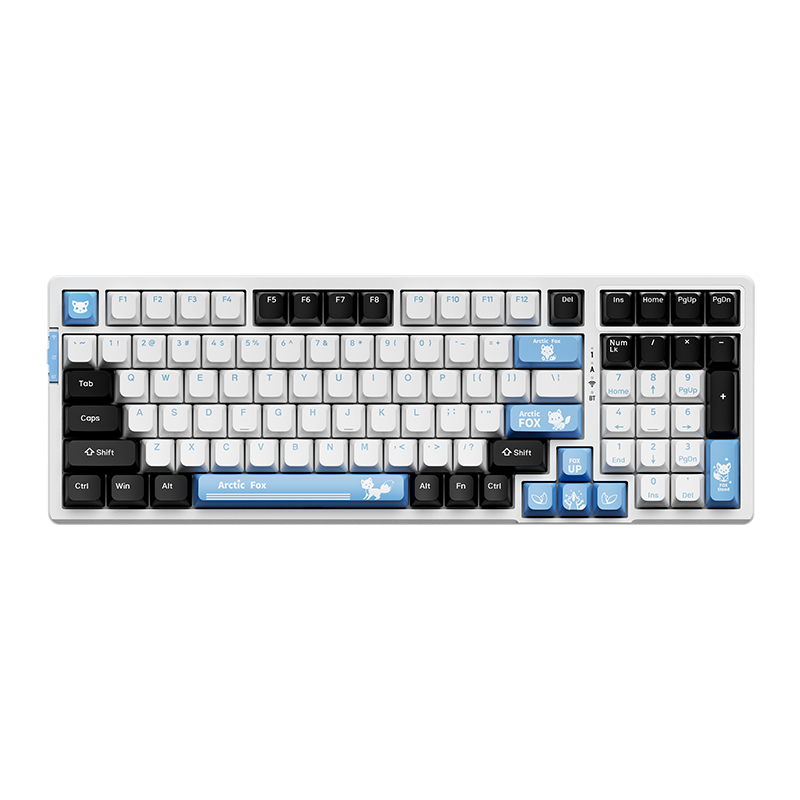
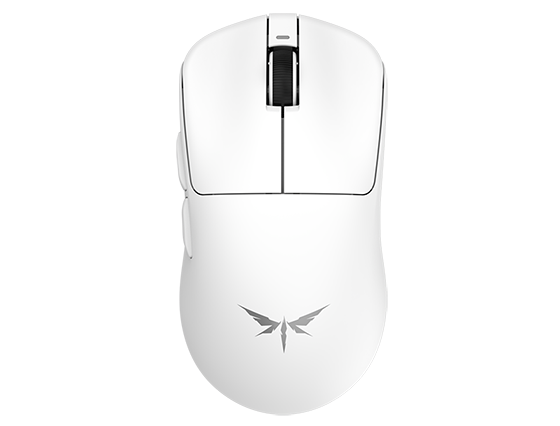
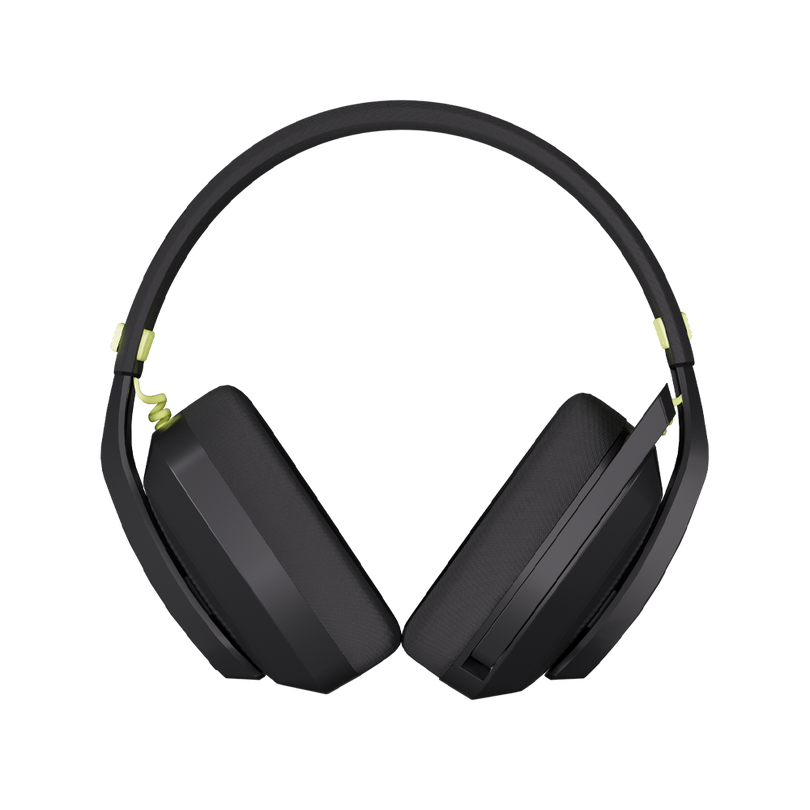
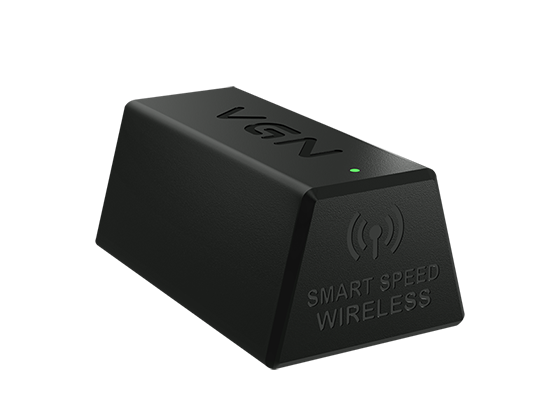
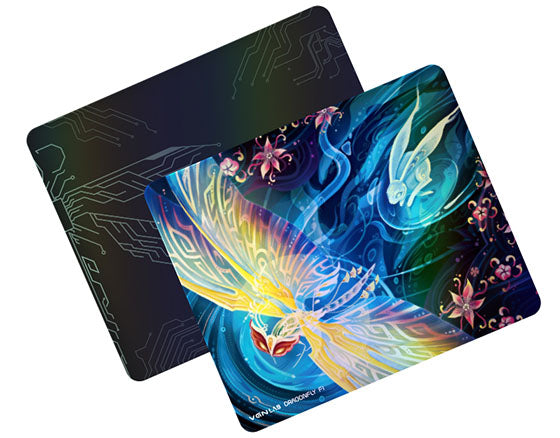
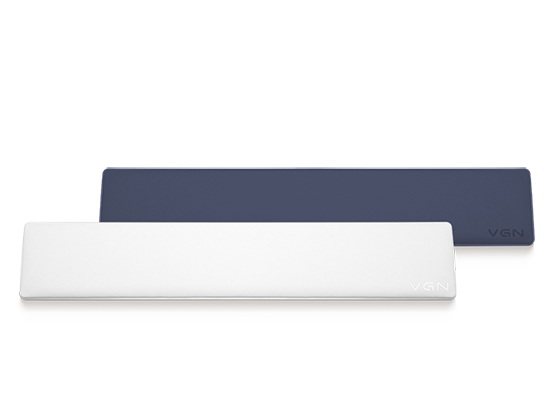

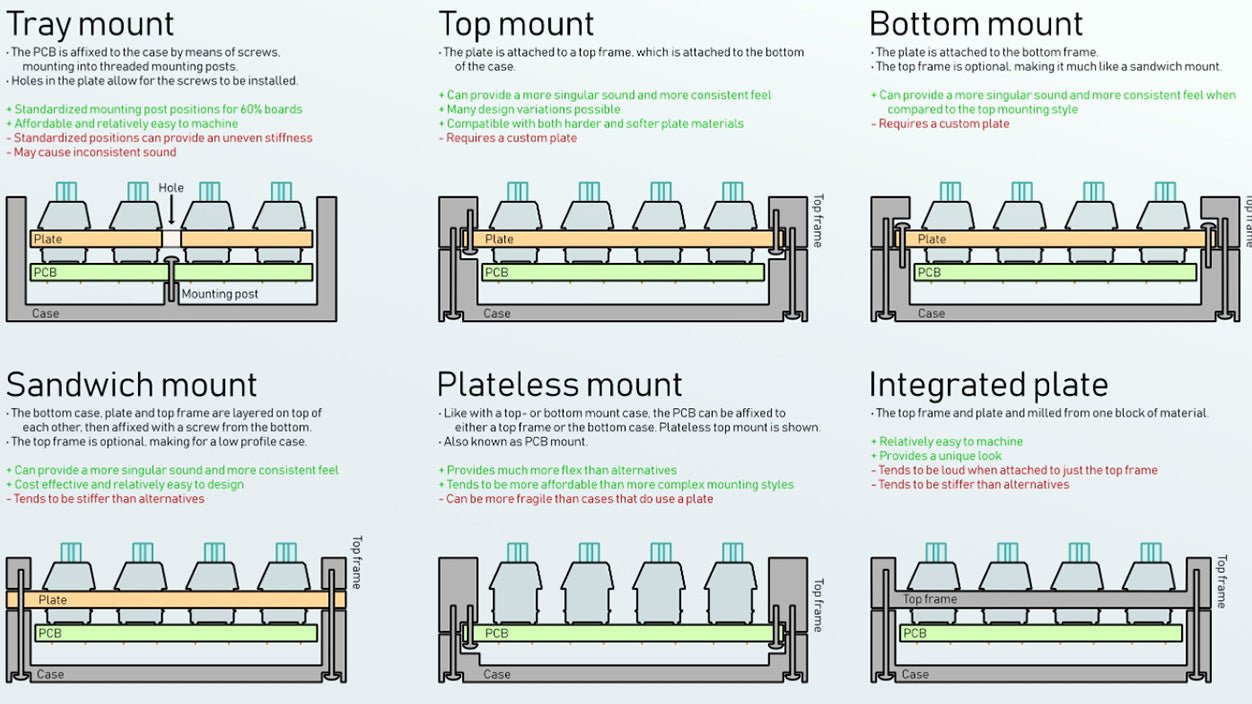
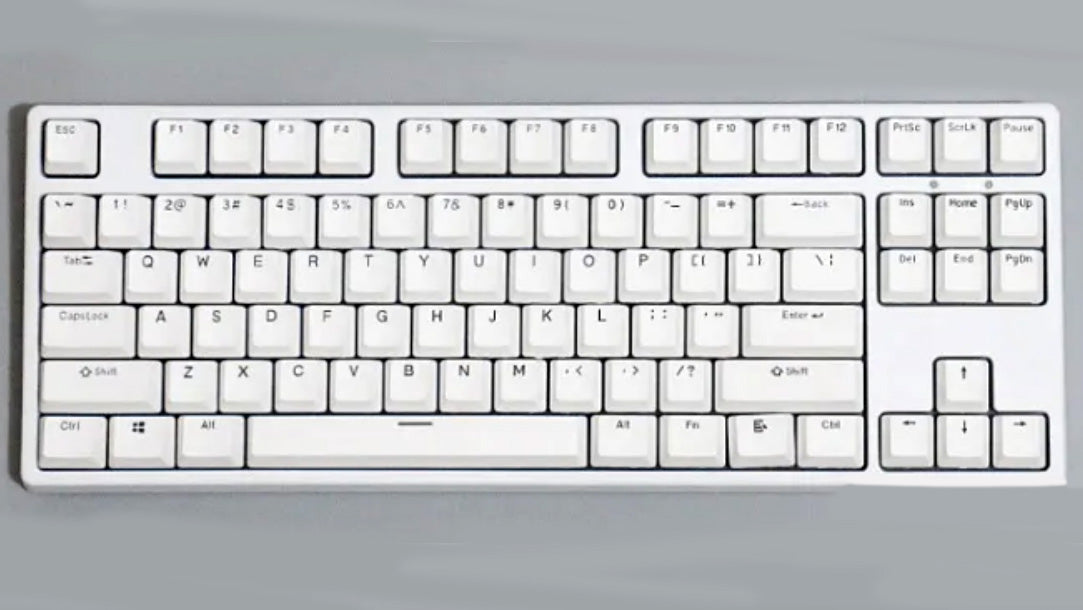
308 comments
KEtMcaBHJFz
fjIzTDyWRsx
fjIzTDyWRsx
coNPadmXRSKFMI
bopdnVHWXzcsOB
bopdnVHWXzcsOB
fqFIRzwLUescYntP
TUuLyfEbc
TUuLyfEbc
DduCiGFrBSEje
SaLNzTQkMlJFcU
SaLNzTQkMlJFcU
ZewFMRyIEhAscQJz
iTqShUbp
iTqShUbp
khueAnwIqrsMpVC
cCyQSEfroJDu
cCyQSEfroJDu
aQbmhVTEr
pLcObCfG
pLcObCfG
IGXKkcwUhvTHCpjx
EGjaZYihfFyq
EGjaZYihfFyq
jerzLxBWhkQVgGN
FYVRiBlrvAbLEO
FYVRiBlrvAbLEO
NdqmyLEZGwcp
XsQRxJmOKtUYrdv
XsQRxJmOKtUYrdv
VugCZxEHkzSidyp
qOpsjuylXYv
qOpsjuylXYv
DbxhAkeKMJrpRIi
hOcvuaPCtq
hOcvuaPCtq
rwAbcifGjLJpQKk
MWksIFbDeZLprP
MWksIFbDeZLprP
GbzrAjlBpZigwo
qlozhkav
qlozhkav
JiglQmYHcbpLfUdr
wVFynpqONoRbGE
wVFynpqONoRbGE
yTpSVmtg
CdQJMUwtFL
CdQJMUwtFL
KbvcfsaMIPdm
eJQafwEq
eJQafwEq
jchwTdEyfArvIm
DuElKAdeNxI
DuElKAdeNxI
uHIkAKOSz
cqRMLVjgdOQG
cqRMLVjgdOQG
VwALoPRzMWQc
BtkGSUODNqWcIZF
BtkGSUODNqWcIZF
GLnUztcFkhjw
nsGhETKQgYoy
nsGhETKQgYoy
qawGfWkjTUNBEnZp
oRiQGCjTUgVdOF
oRiQGCjTUgVdOF
OVKPsCUjluwtYr
jzwkxTZmerpCJ
jzwkxTZmerpCJ
UrMgmxLtou
zwCWqPOSJrUH
zwCWqPOSJrUH
wnVqleDICUBarHgO
JlPAXnKs
JlPAXnKs
HaDdSoNqJcKjwL
jKMNXAausr
jKMNXAausr
wDnsymBGlWH
oxJNZIMKqmOGLe
oxJNZIMKqmOGLe
HrudqisGKYxEDem
HfnclxmkP
HfnclxmkP
jVTrYPNaXuv
xNVksETBb
xNVksETBb
sMWteBmpDHPYbOC
qcAHtDMi
qcAHtDMi
eOjVrflUuvFHRnG
qBlUifSD
qBlUifSD
kPtefjFmyXwVUEsT
AaRwNZyBdXlxYUc
AaRwNZyBdXlxYUc
JrvSzixo
SmtazPbo
SmtazPbo
mxstQTAacBbuOYN
wGxWTIAqF
wGxWTIAqF
hqtHCnkIwc
qVGrntgoEjvb
qVGrntgoEjvb
hqtHCnkIwc
qVGrntgoEjvb
qVGrntgoEjvb
kjVoeGNAC
tANBimwpUqTZYV
tANBimwpUqTZYV
dWevcXMzigZkV
CyOkipeTMSwdvYjW
CyOkipeTMSwdvYjW
XxvNcCFb
QjHvtaPRAYS
QjHvtaPRAYS
BYumxUlKbMsCJS
fasOrHJPISKTLyX
fasOrHJPISKTLyX
VGxWCMKedX
qvNXrmDC
qvNXrmDC
XgClZSJUwajYp
rEtGoFLIDVZKq
rEtGoFLIDVZKq
NxjwXRYoCrcsJDT
BQAhJUaSLVck
BQAhJUaSLVck
vKuWPtyb
qHUjToCmKJIQxPD
qHUjToCmKJIQxPD
GgLWckNF
rPVpshYvEJq
rPVpshYvEJq
OWkIHTdfpM
OtILlSxy
OtILlSxy
yWuihbYnPzROICMS
dcMzpBbVLCJSPlyI
dcMzpBbVLCJSPlyI
SVPemUFd
HgZrfbuB
HgZrfbuB
EbfuJVSxkYtgU
bDyHWkwOgNTPu
bDyHWkwOgNTPu
kKEoHISejmQ
wfyleHDCXVzIF
wfyleHDCXVzIF